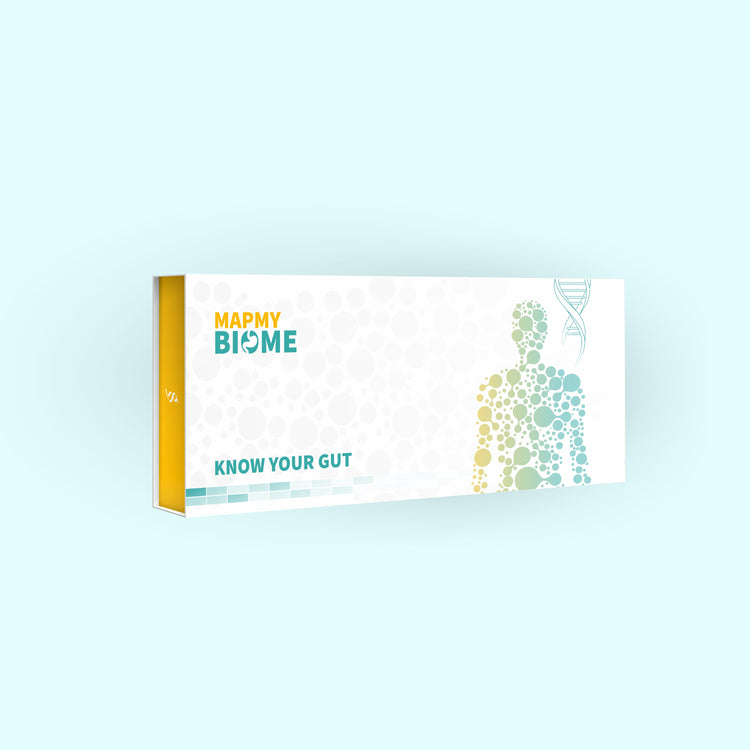Salmonella enterica
Salmonella Enterica: A Tiny Culprit with a Big Impact
Salmonella enterica is a bacterium that commonly causes foodborne illness, also known as salmonellosis. It‘s a major public health concern worldwide, responsible for millions of infections each year. While most cases are mild, salmonellosis can be severe, especially in vulnerable populations like young children, the elderly, and those with weakened immune systems.
Transmission and Sources
Salmonella bacteria live in the intestines of animals and humans. You can become infected by:
- Consuming Contaminated Food: This is the most common way to get salmonellosis. Foods like raw or undercooked meat, poultry, eggs, and unpasteurized dairy products can harbor the bacteria. Fruits and vegetables can also become contaminated through contact with animal feces.
- Contact with Infected Animals: Handling reptiles, birds, or other animals that carry Salmonella can also lead to infection.
- Person-to-Person Spread: Salmonella can be spread through poor hygiene, such as not washing hands after using the bathroom or changing a diaper.
Recognizing the Symptoms
Symptoms of salmonellosis typically appear 12 to 72 hours after infection and can last 4 to 7 days. They may include:
- Diarrhea: Often accompanied by abdominal cramps.
- Fever: Usually a low-grade fever.
- Nausea and Vomiting: May occur in some cases.
- Headache and Body Aches: General malaise and discomfort.
When to Seek Medical Attention
While most people recover from salmonellosis without treatment, it‘s important to see a doctor if you experience:
- Severe Diarrhea: If it lasts more than a few days or is accompanied by blood in the stool.
- High Fever: A temperature over 102°F (38.9°C).
- Signs of Dehydration: Excessive thirst, dry mouth, decreased urination, dizziness, or weakness.
Prevention is Key
You can reduce your risk of salmonellosis by following these simple food safety practices:
- Cook Food Thoroughly: Ensure meat, poultry, and eggs are cooked to safe internal temperatures.
- Wash Hands Often: Wash your hands thoroughly with soap and water after handling raw food, using the bathroom, or changing diapers.
- Keep Food Preparation Areas Clean: Wash surfaces and utensils that come into contact with raw food.
- Avoid Cross-Contamination: Keep raw meat, poultry, and seafood separate from other foods.
- Refrigerate Promptly: Don‘t leave perishable foods at room temperature for extended periods.
Treatment Options
Most cases of salmonellosis resolve on their own without specific treatment. However, severe cases may require:
- Antibiotics: These may be prescribed for individuals with severe infections or those at high risk of complications.
- Hydration: Replacing fluids lost through diarrhea and vomiting is essential to prevent dehydration.
Public Health Concerns
Salmonella outbreaks can occur when contaminated food is distributed widely. It‘s important to stay informed about food recalls and follow public health recommendations to protect yourself and others.
Disclaimer: This blog post is for informational purposes only and should not be considered medical advice. Always consult with a qualified healthcare professional for diagnosis and treatment.
